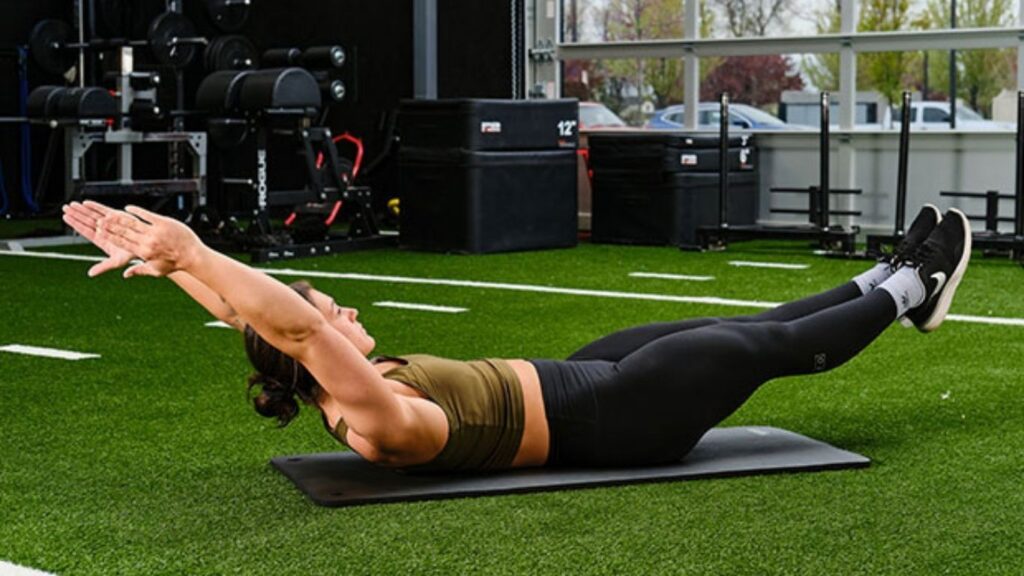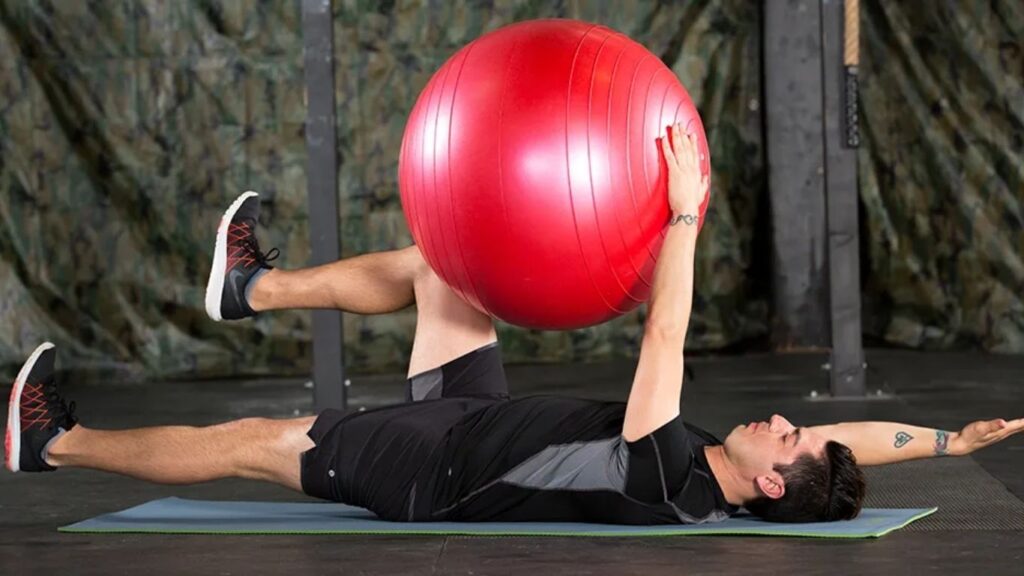When it comes to core workouts, the buzz has always been around chiseling a six-pack. But core strength isn’t just about aesthetics or six pack abs ; it’s about building a foundation for functional strength that serves us in everyday life. In this post, we will explore the true importance of core stability and how it can enhance your functional fitness, prevent injuries, and improve your overall quality of life.
Understanding Core Stability:
The ‘core’ is more than just the abdominal muscles; it is a complex series of muscles extending far beyond your abs, including the multifidus, erector spinae, the diaphragm, and the pelvic floor muscles. Core stability refers to the body’s ability to maintain spinal and pelvic alignment during movement. A stable core allows for better control of the limbs, enabling us to perform basic movements with efficiency and ease.
The Six-Pack Illusion:
A visible six-pack is often mistaken as a sign of a strong core, but these muscles (the rectus abdominis) are just the tip of the iceberg. Beneath the surface lie the true heroes of stability: the deeper muscles that support your spine and internal organs. These muscles are responsible for anti-rotation, anti-extension, and anti-lateral flexion — they essentially protect the spine from unwanted movements.
Core Stability and Functional Strength:
Functional strength is the ability to perform daily tasks with vigor and without pain. Whether it’s picking up a child, carrying groceries, or shoveling snow, a stable core makes these tasks easier. The core is the body’s central link connecting the upper and lower extremities; core stability ensures a stronger, more efficient transfer of energy across the body.

Benefits of Core Stability:
Injury prevention:
Core stability exercises can reduce the risk of injuries, particularly to the lower back, by evenly distributing stress through the spine and pelvis.
Improved posture and balance:
A stable core keeps the spine in a neutral position, preventing slouching and the subsequent aches and pains associated with poor posture.
Enhanced athletic performance:
For athletes, core stability means better agility, strength, and power. It’s the cornerstone of efficient and powerful movements.
Better coordination:
When the core is stable, the body can move in a more coordinated and controlled manner, essential for complex movements in sports and daily activities.
Building Core Stability:
Core stability is built through exercises that encourage the core to resist unwanted movement. Planks, side planks, anti-rotational holds, and stability ball exercises are excellent ways to build a stable core. These exercises often involve holding a position for a period, which strengthens the muscles that prevent unnecessary movement.
Integrating Core Stability into Daily Workouts:
Including core stability exercises in your routine doesn’t require a major overhaul. Simple adjustments, such as performing exercises on an unstable surface or incorporating stability tools like Swiss balls or balance pads, can make a traditional workout more core-centric.

Progression and Consistency:
Gradually increasing the difficulty of core exercises and consistently incorporating them into your routine are key for building and maintaining core stability. Start with basic exercises and, as you build strength, increase the challenge by adding movement, duration, or instability.
Core Stability for Different Populations:
For the elderly, core stability is vital for preventing falls and maintaining independence. Athletes might focus on dynamic core exercises that mimic the movements of their sports. Those with sedentary jobs can benefit from short, regular breaks to perform core-activating exercises.
Case Studies and Expert Opinions:
Highlight success stories of individuals who have seen marked improvements in their functional strength through core stability training. Include insights from fitness experts to provide a professional perspective on the benefits of a stable core.
Myths and Misconceptions:
Dispelling myths is crucial. It’s important to address false beliefs like the idea that core work is just about abdominal exercises or that it can spot-reduce belly fat. Use evidence-based information to clarify these misconceptions.
Holistic Approach to Core Stability:
A holistic approach to building core stability includes attention to nutrition, which supports muscle development and recovery. Additionally, integrating mind-body disciplines like Pilates or yoga can enhance core awareness and stability.

Conclusion:
Core stability is not just about looking good — it’s about functional strength that supports our daily activities and athletic pursuits. By building a stable core, we’re not only investing in our physical health but also enhancing our ability to engage fully in our lives. Start integrating core stability exercises into your routine and feel the difference in your functional strength, posture, and overall well-being.
Also read: Scaling for Success: Adapting CrossFit Workouts to Your Fitness Level
